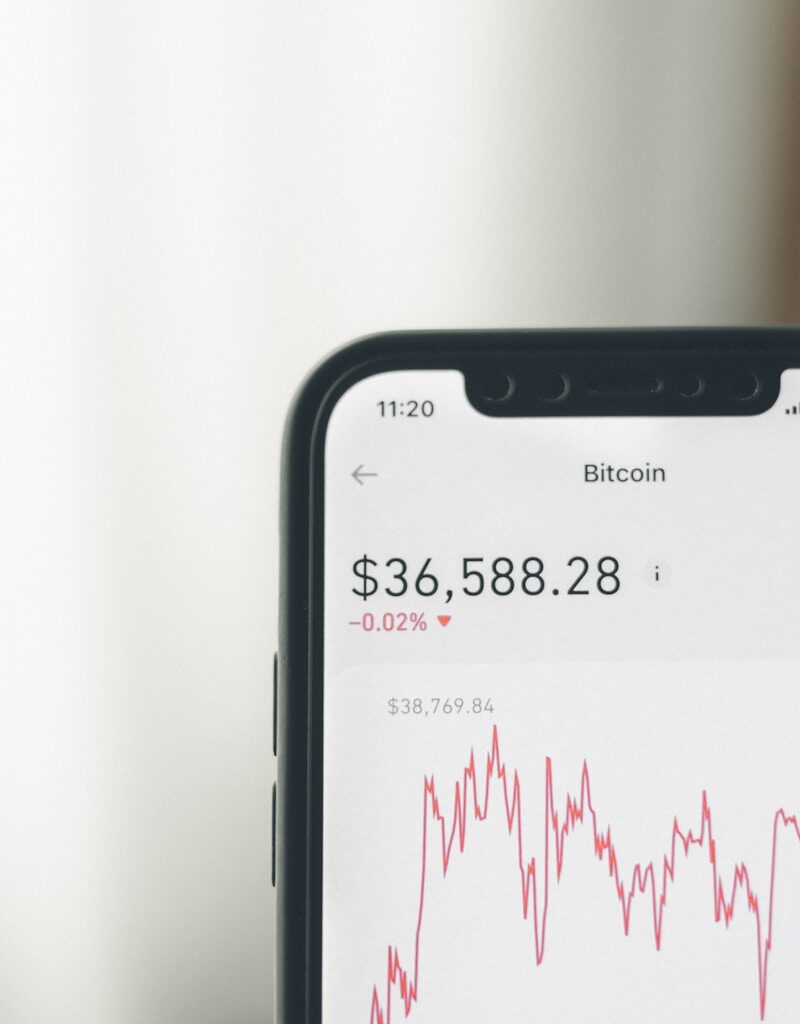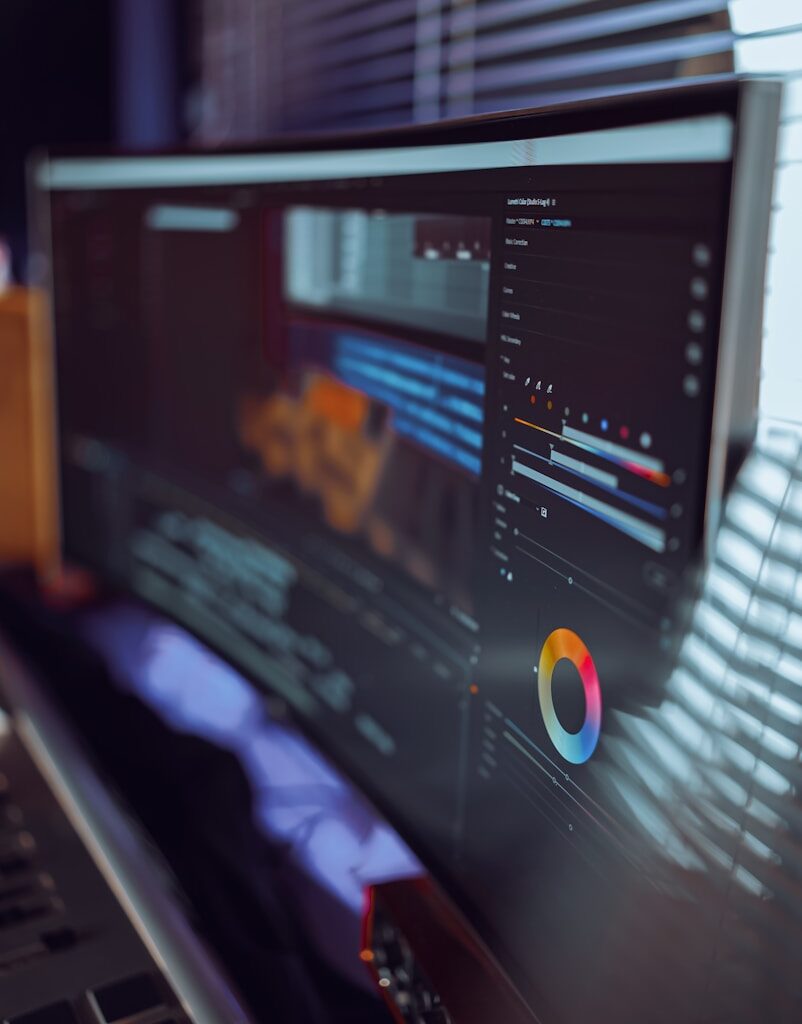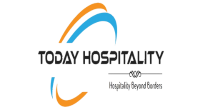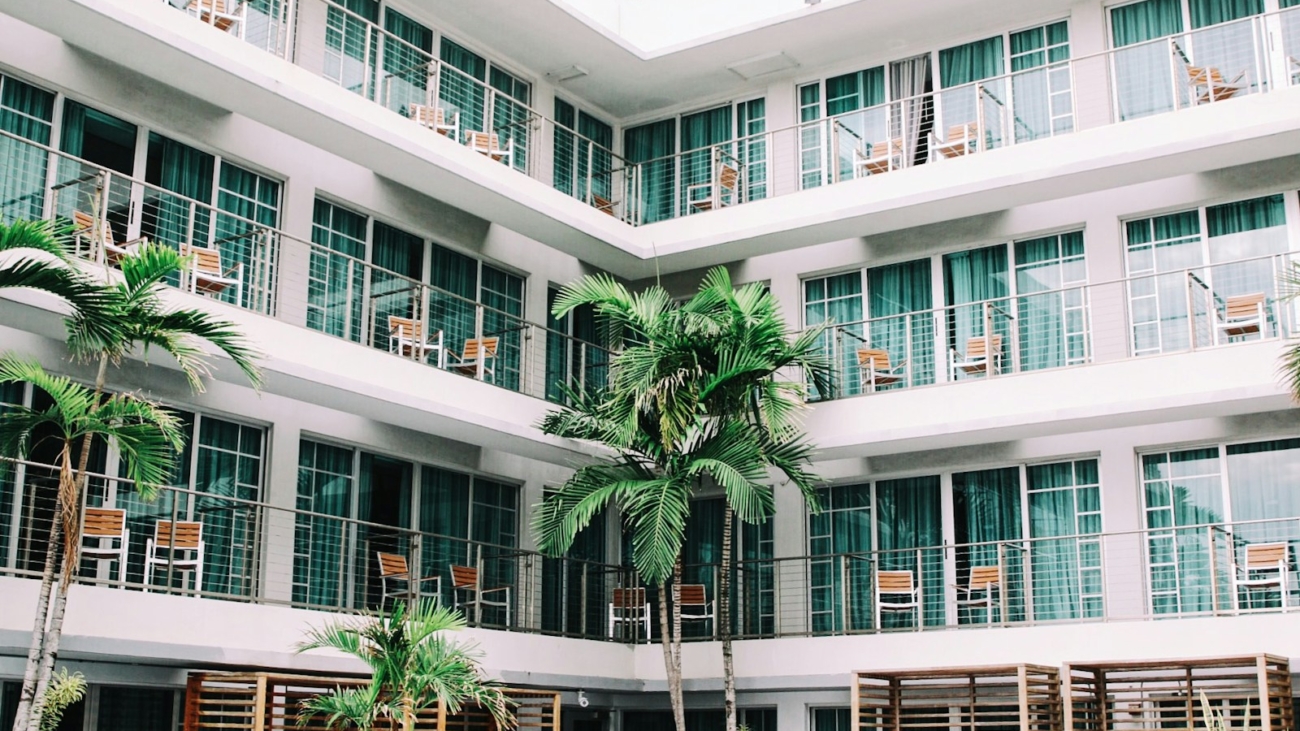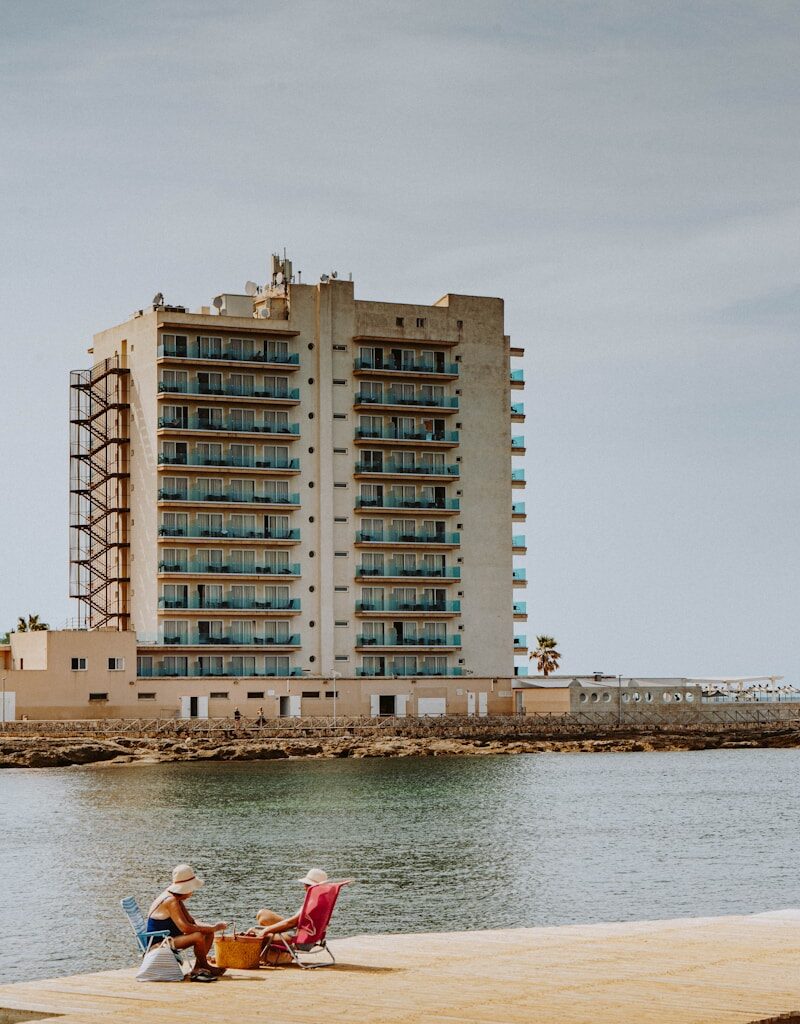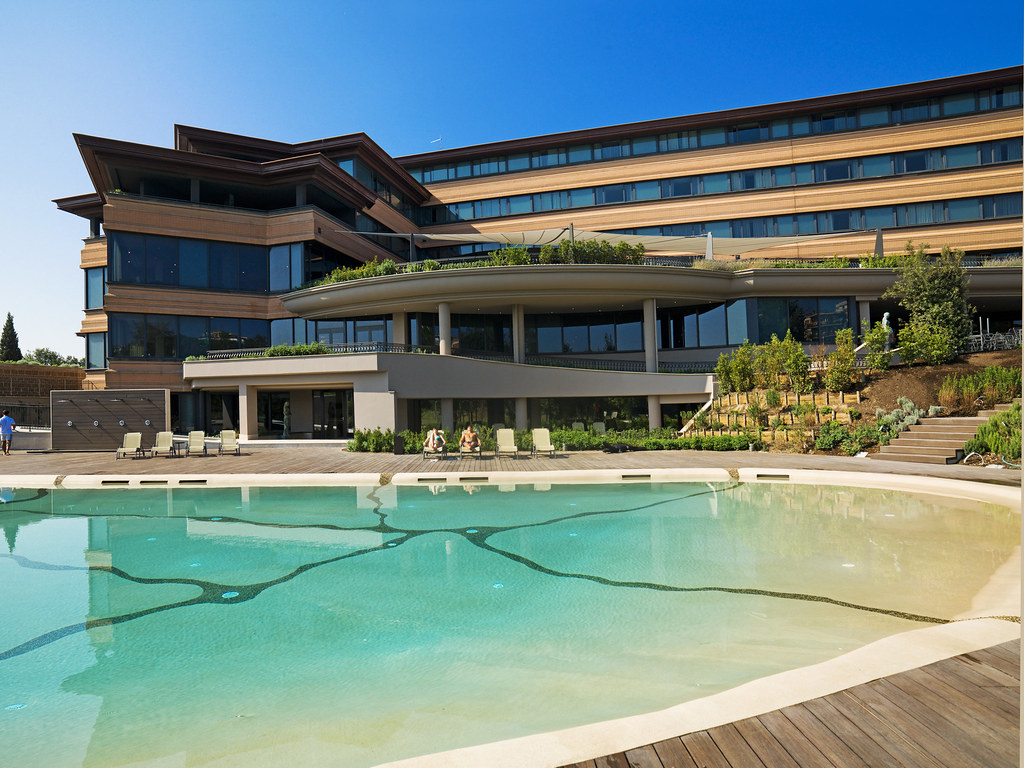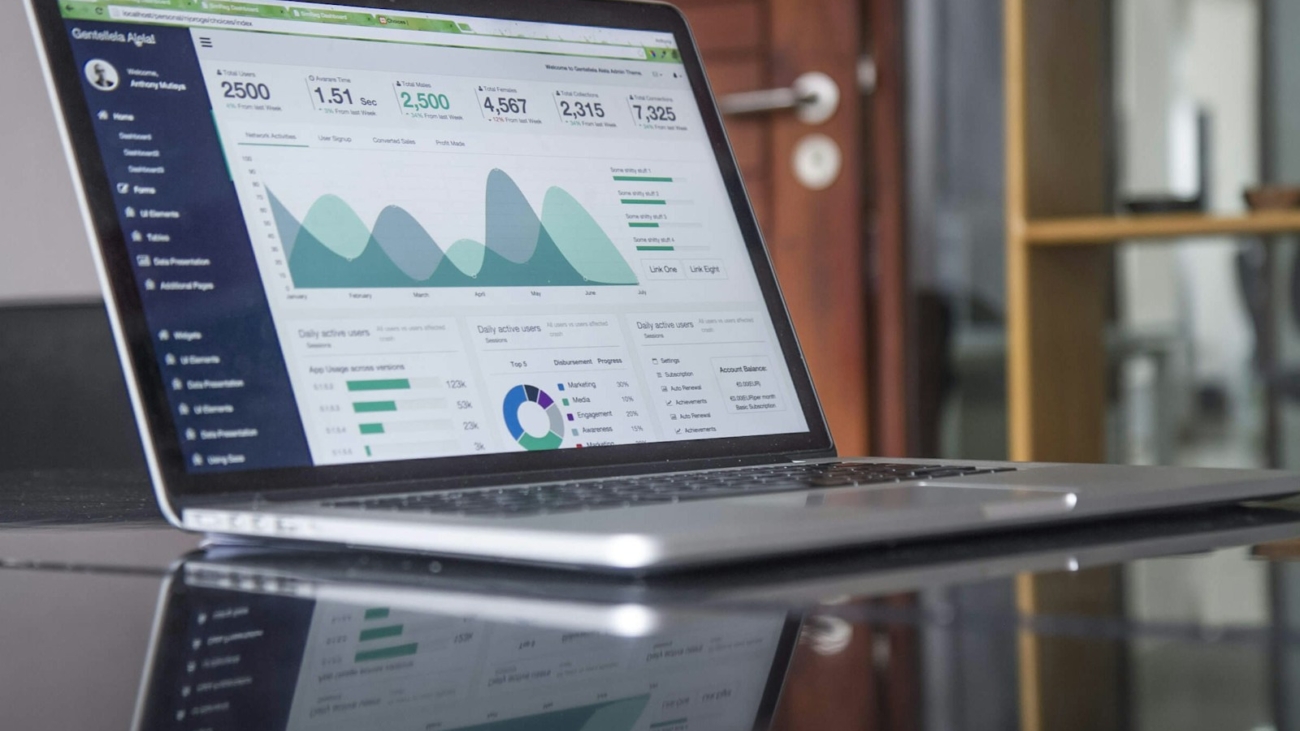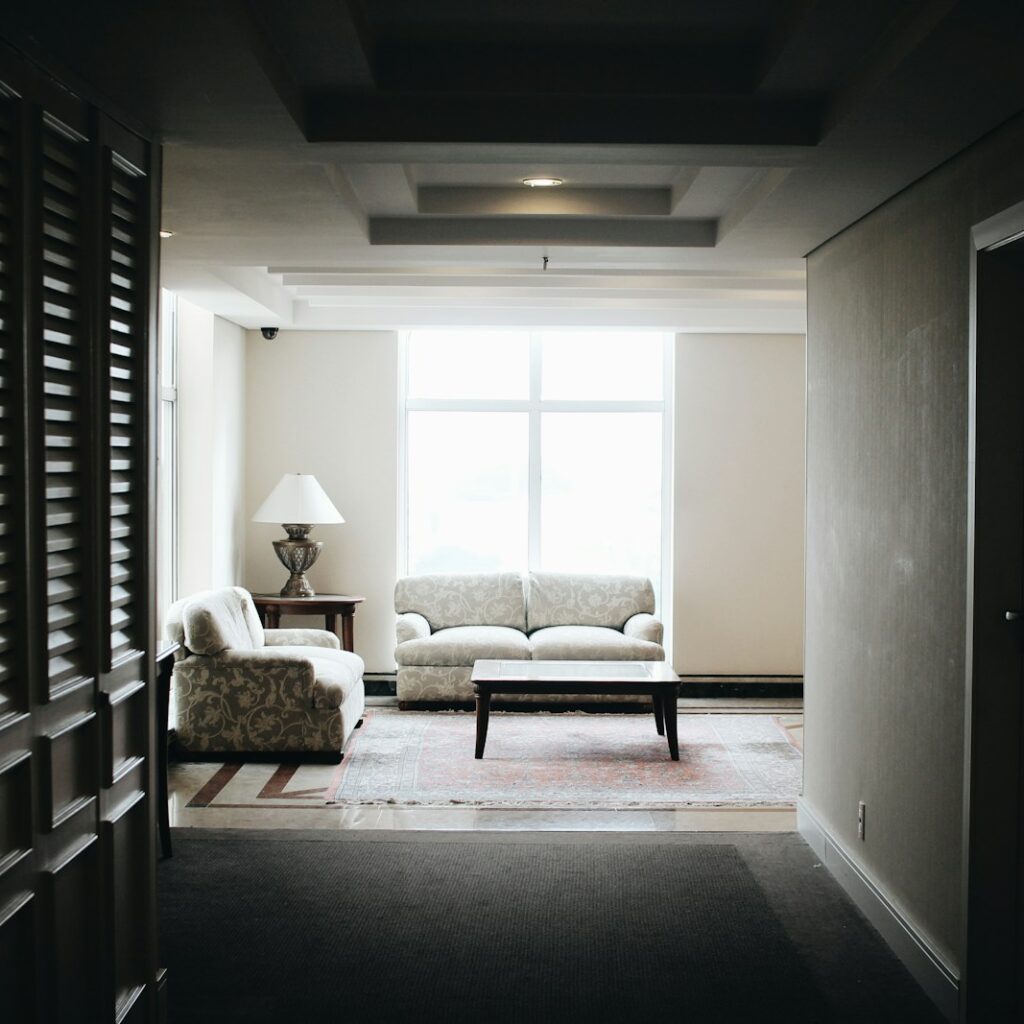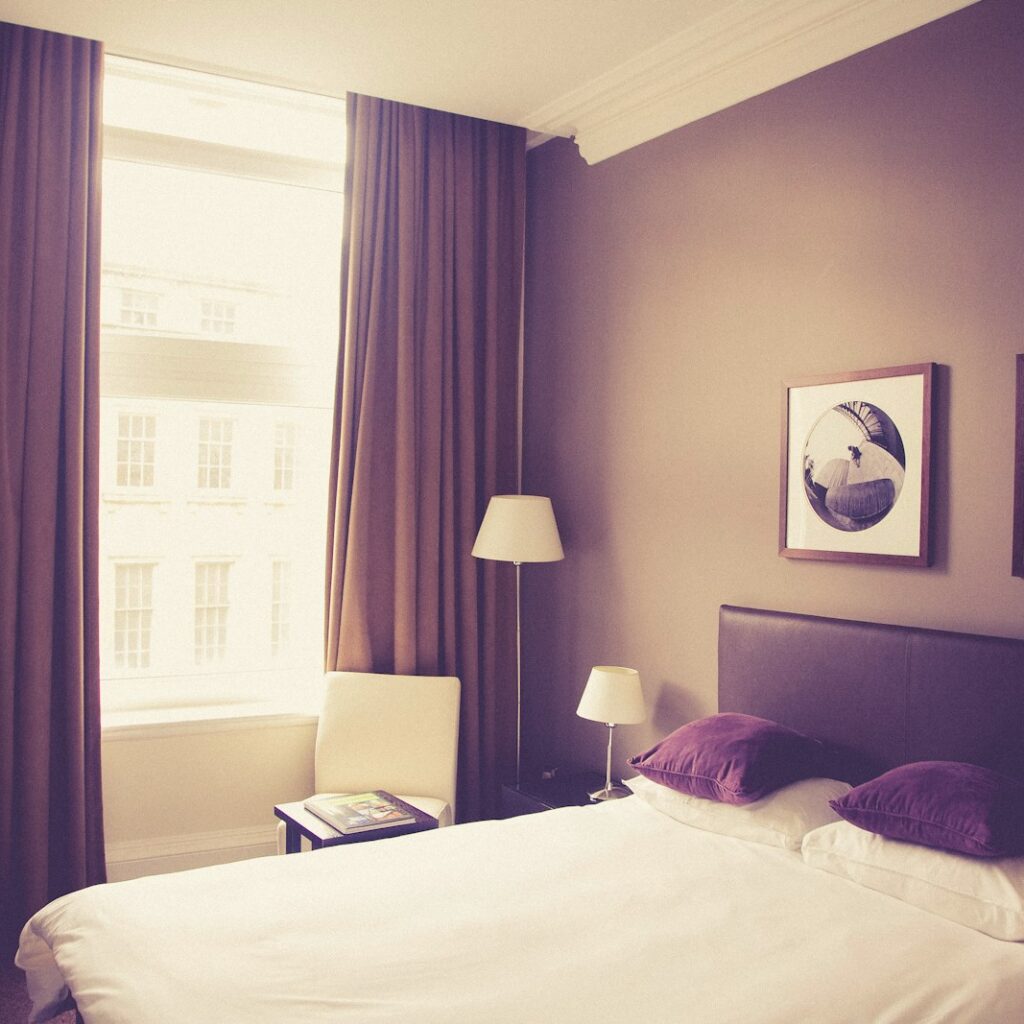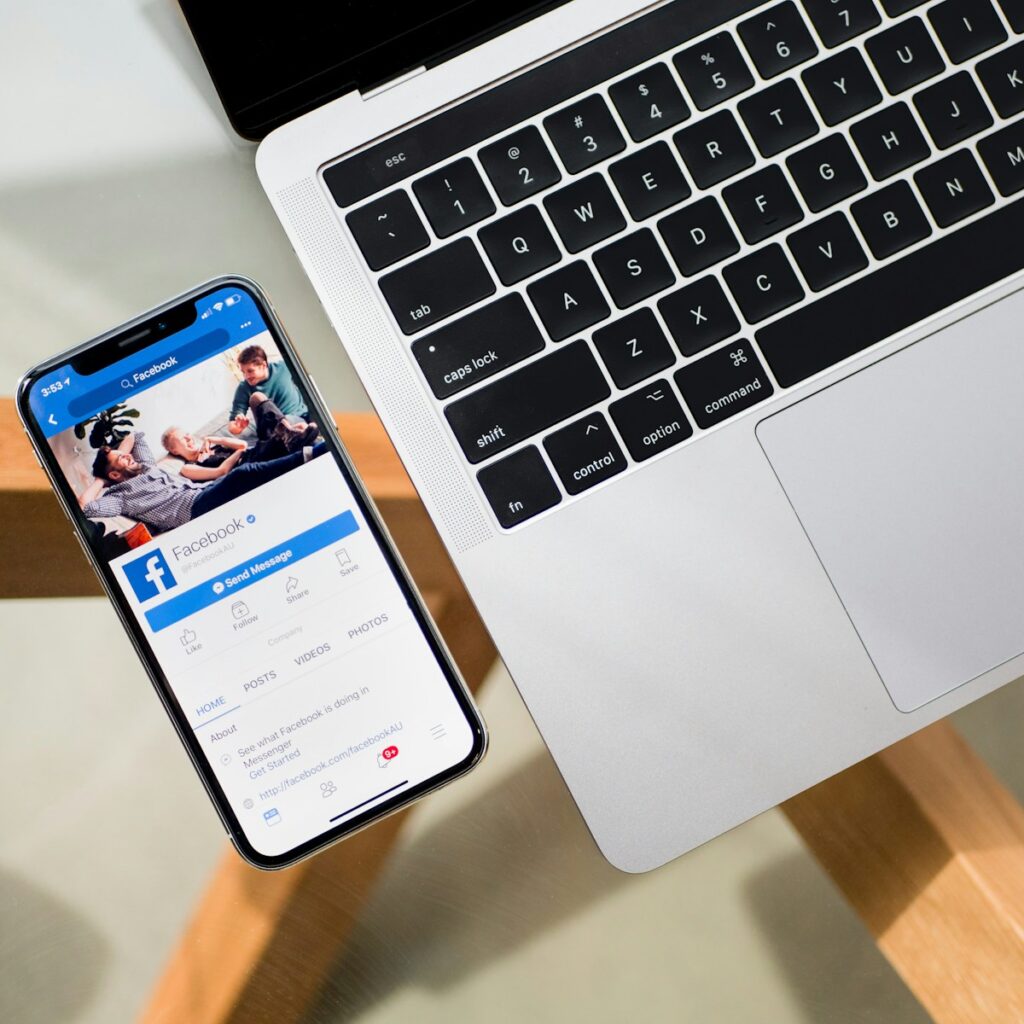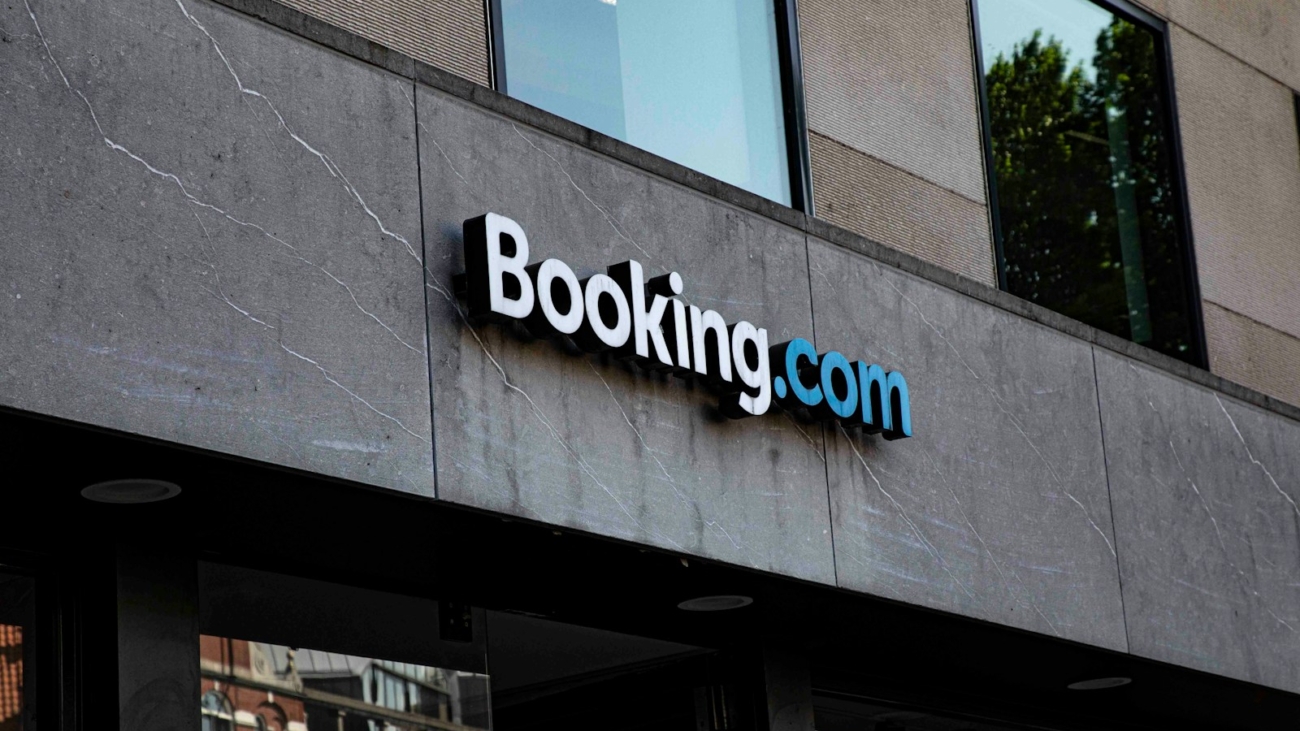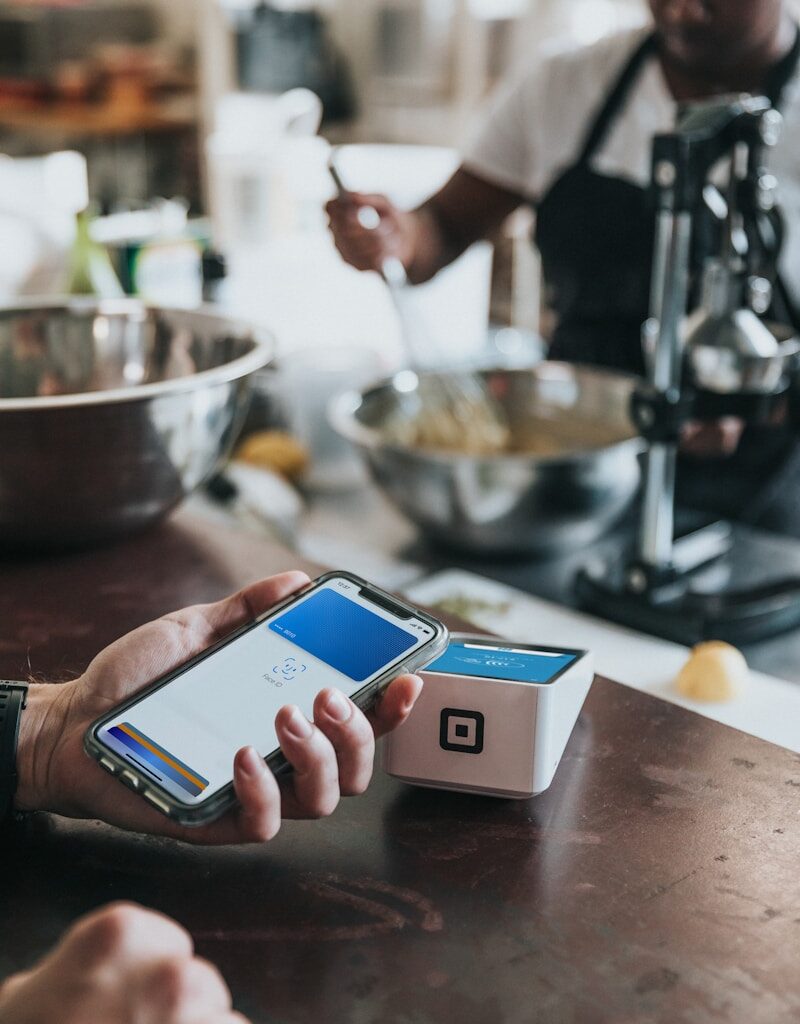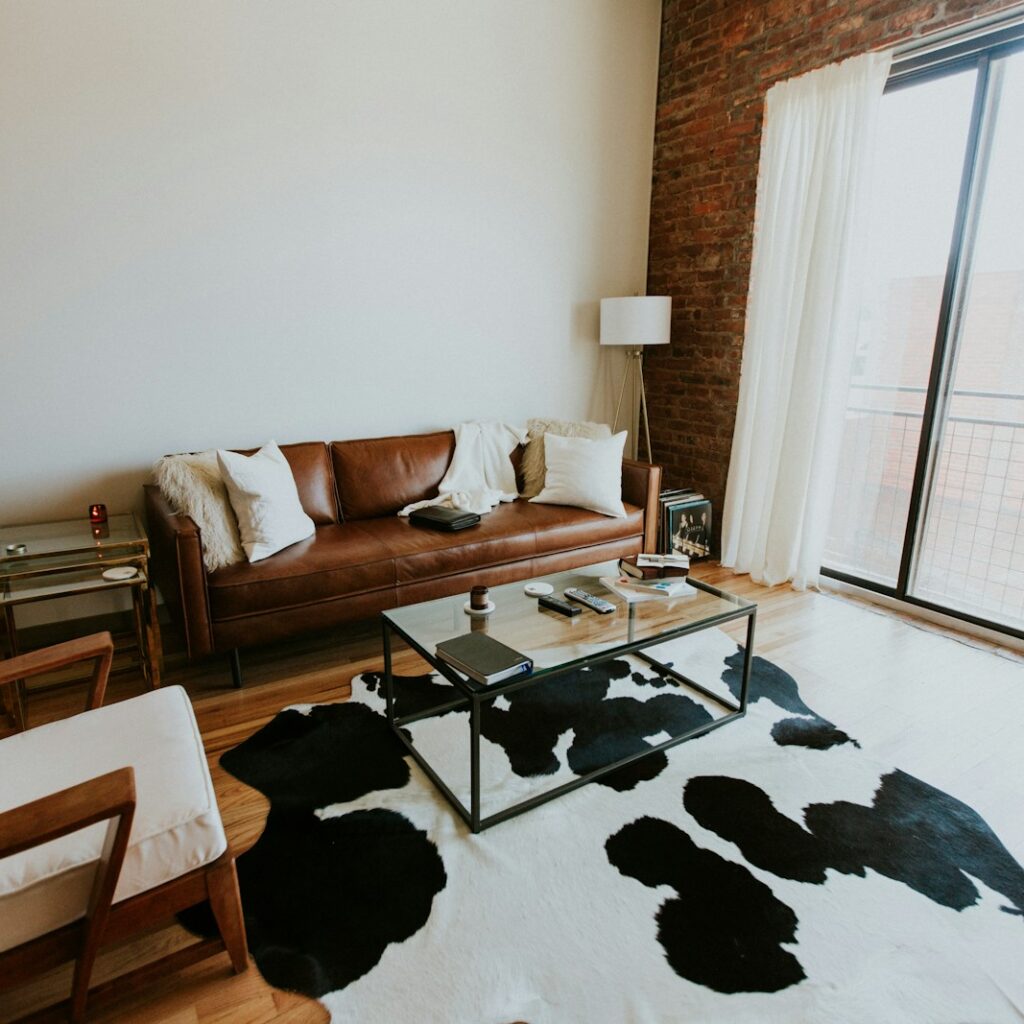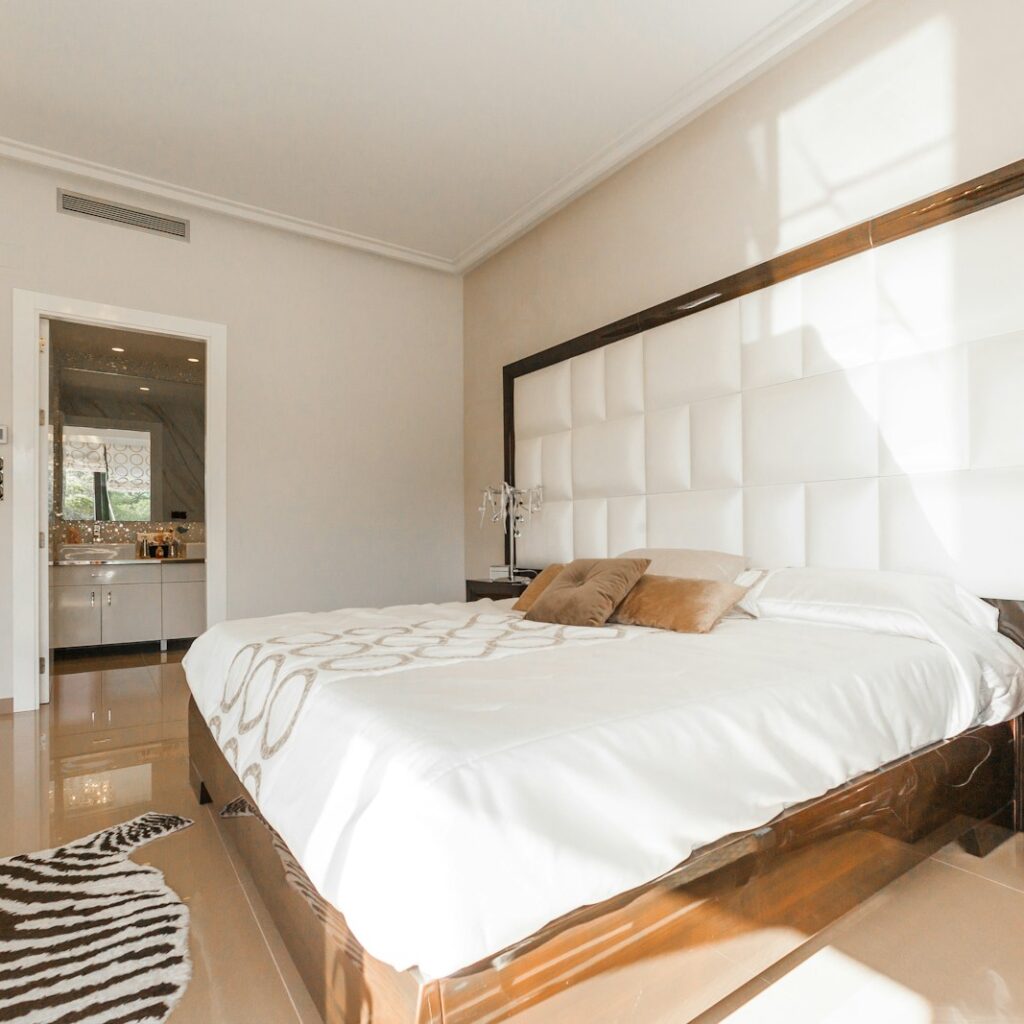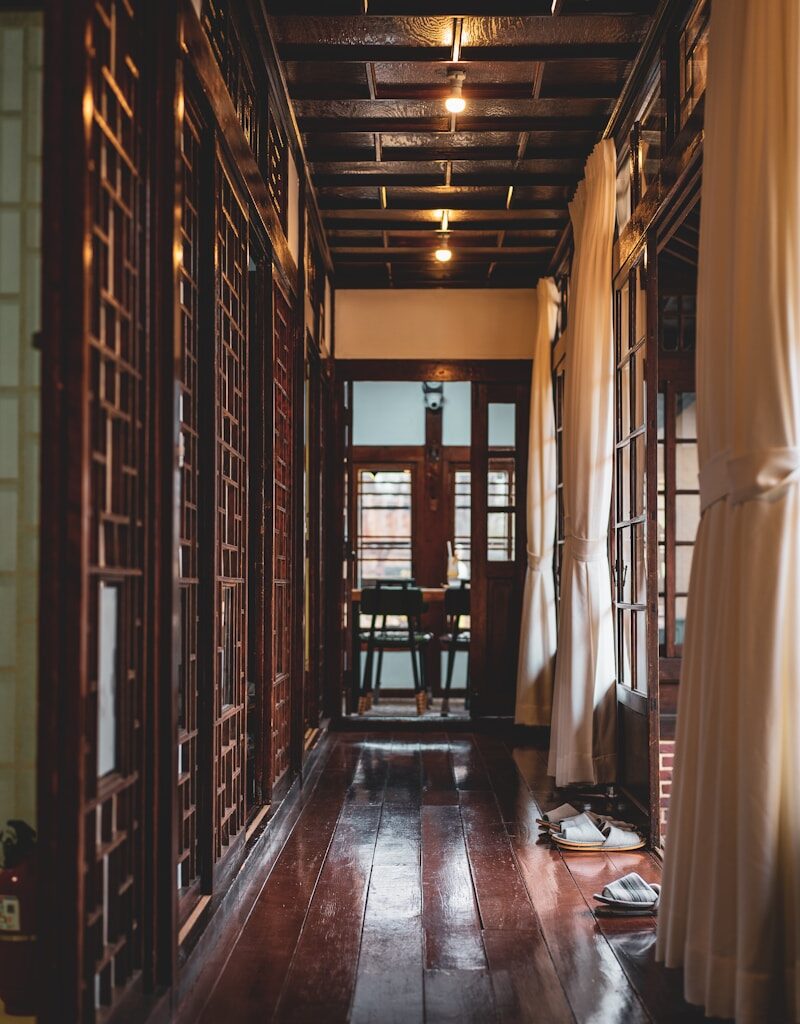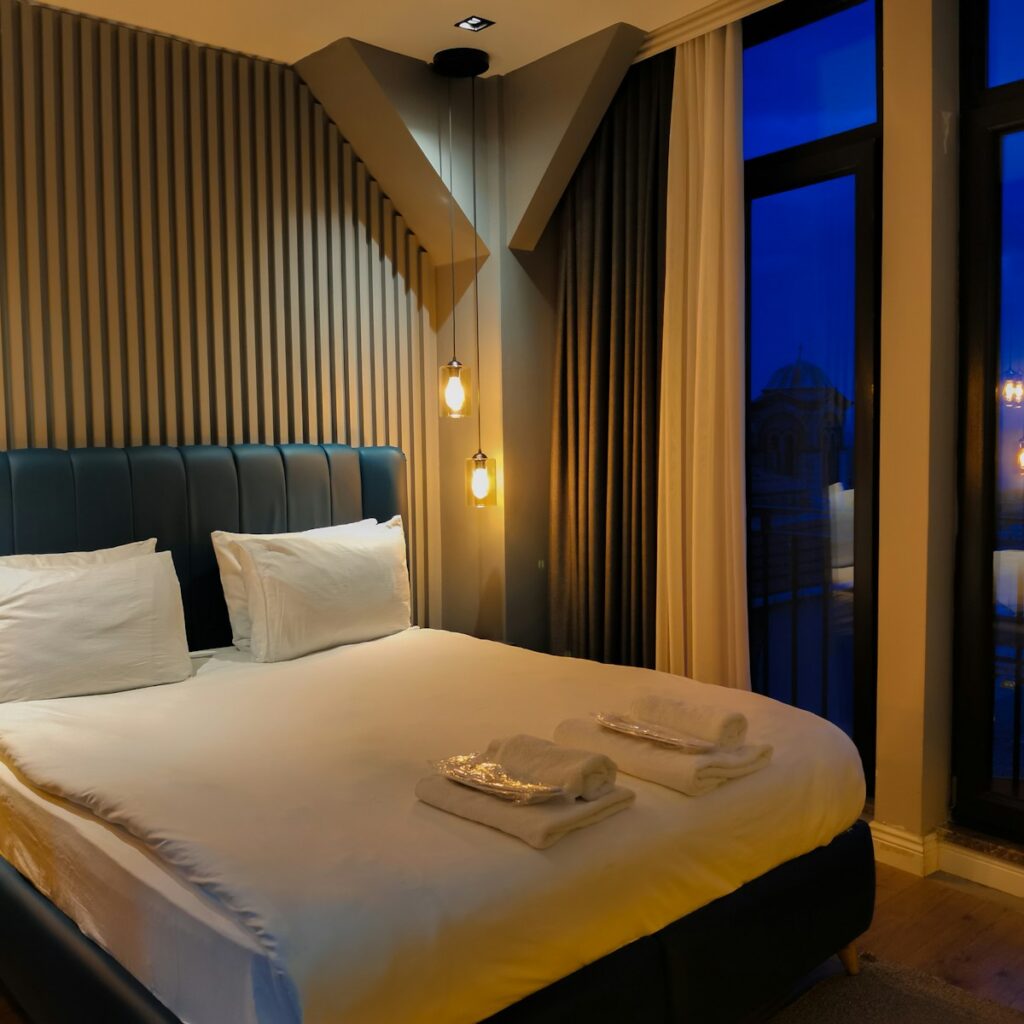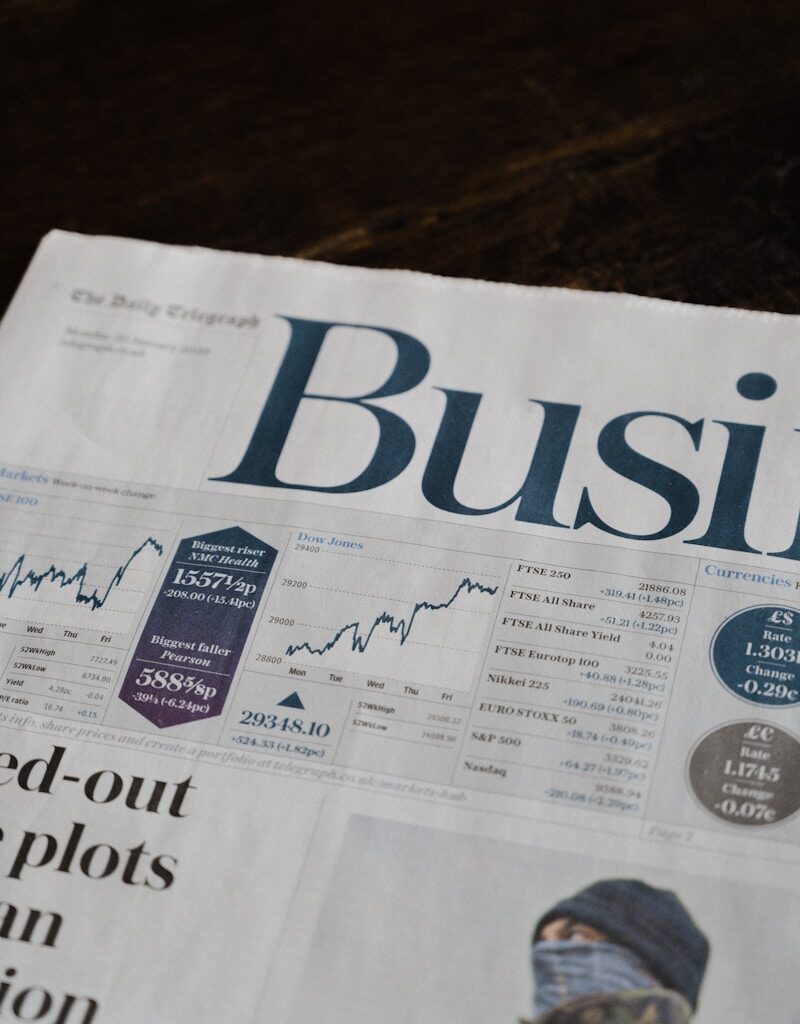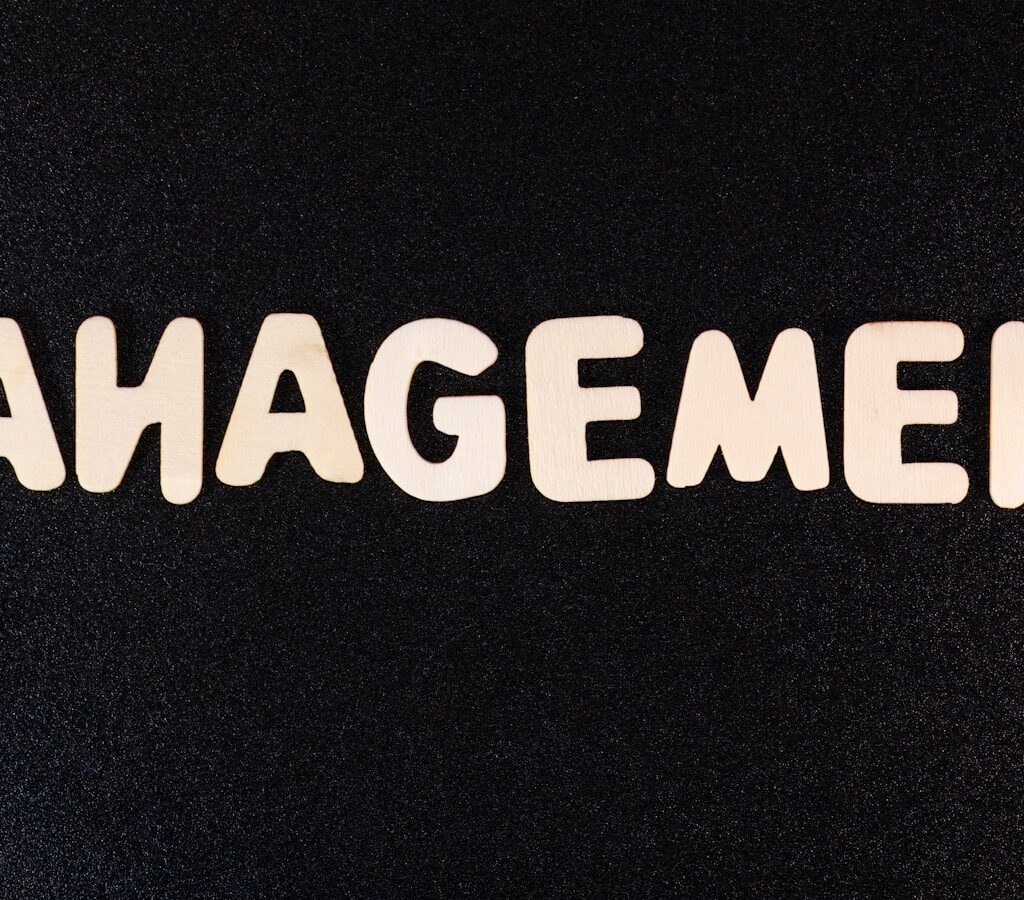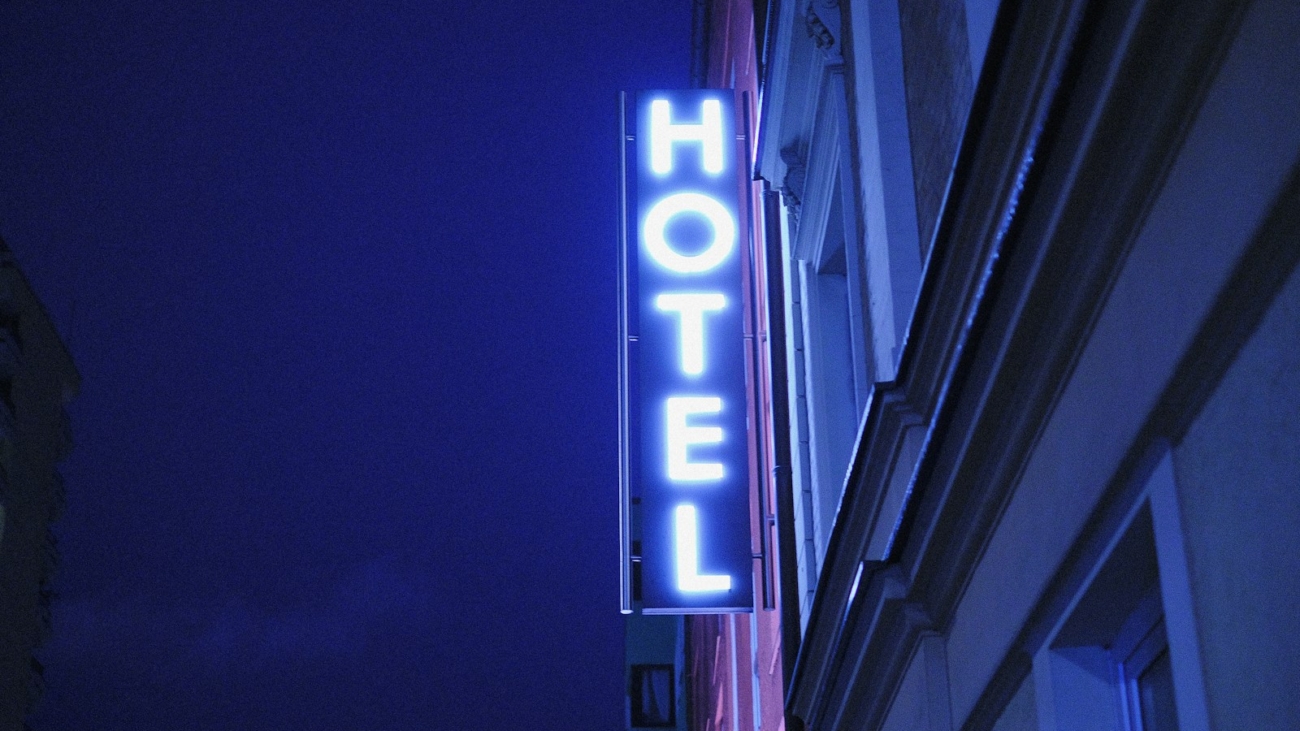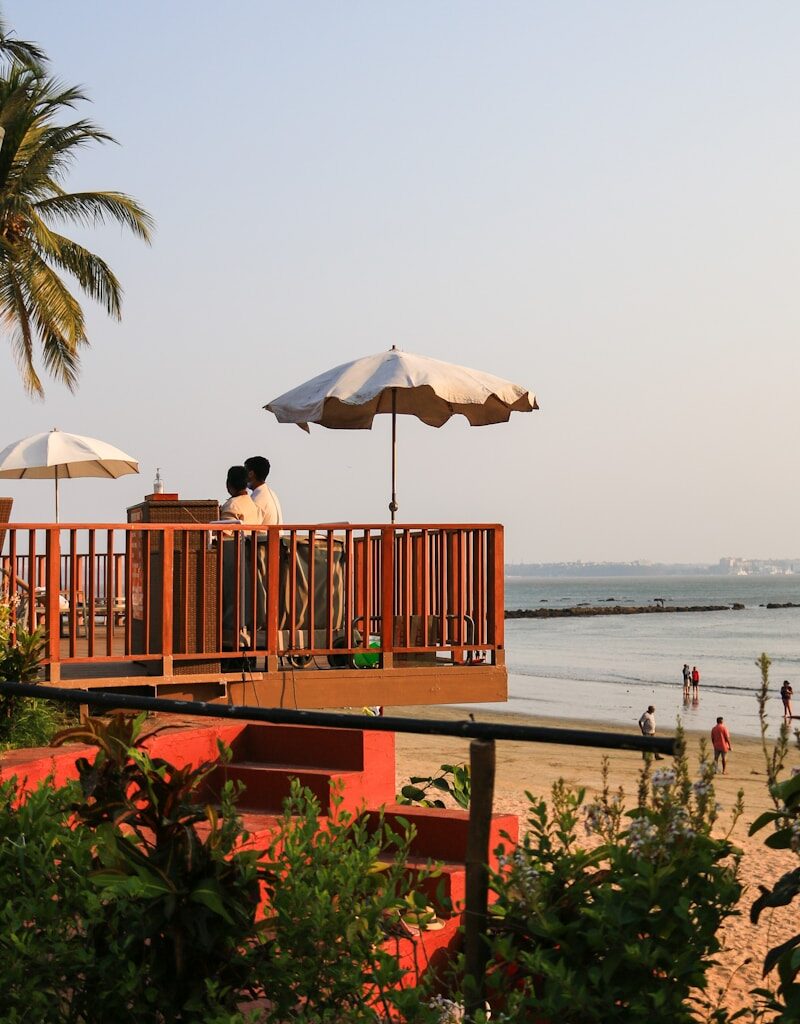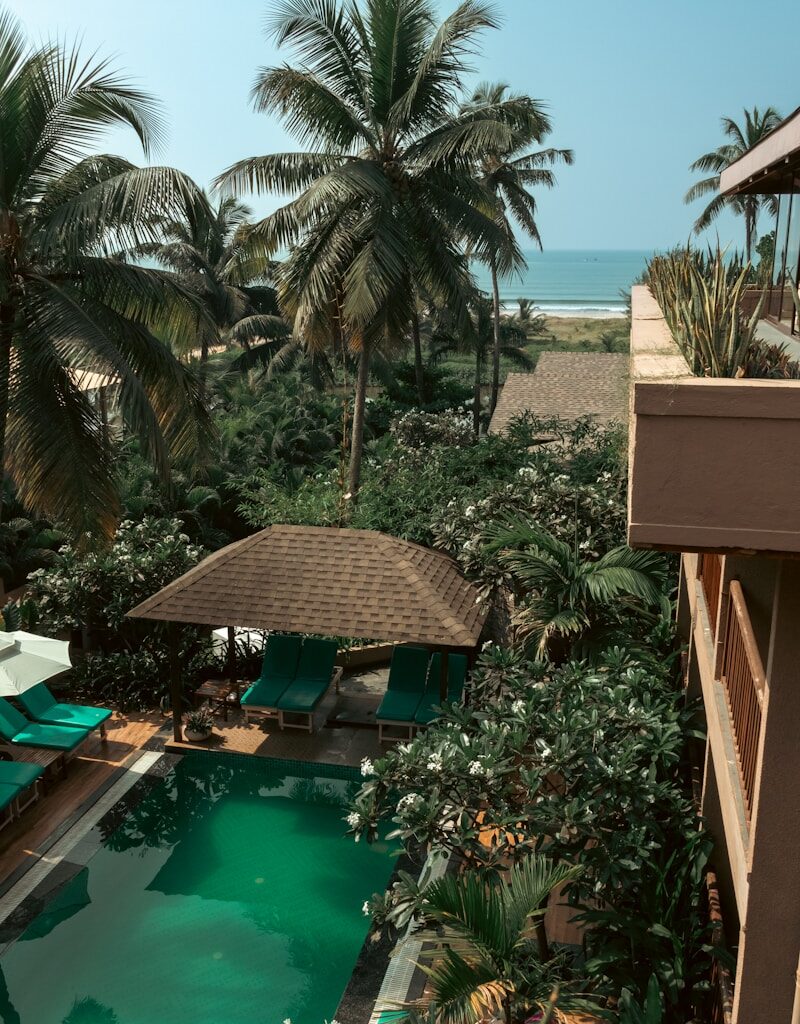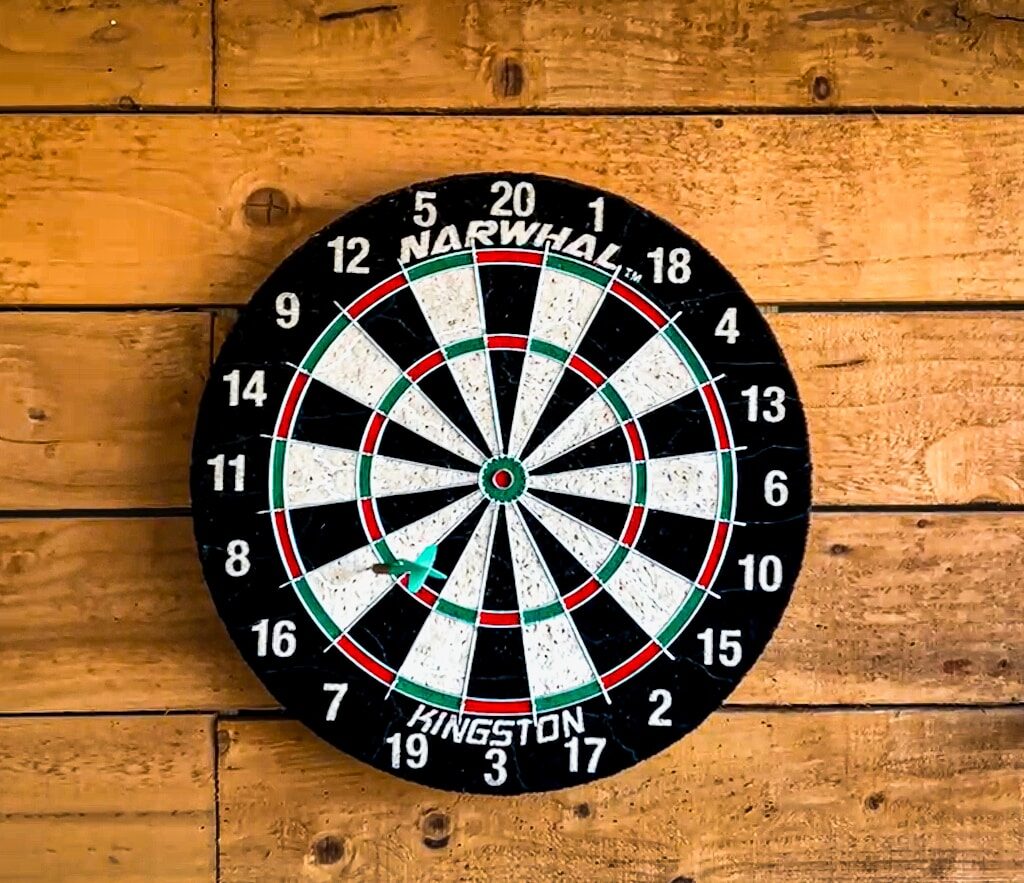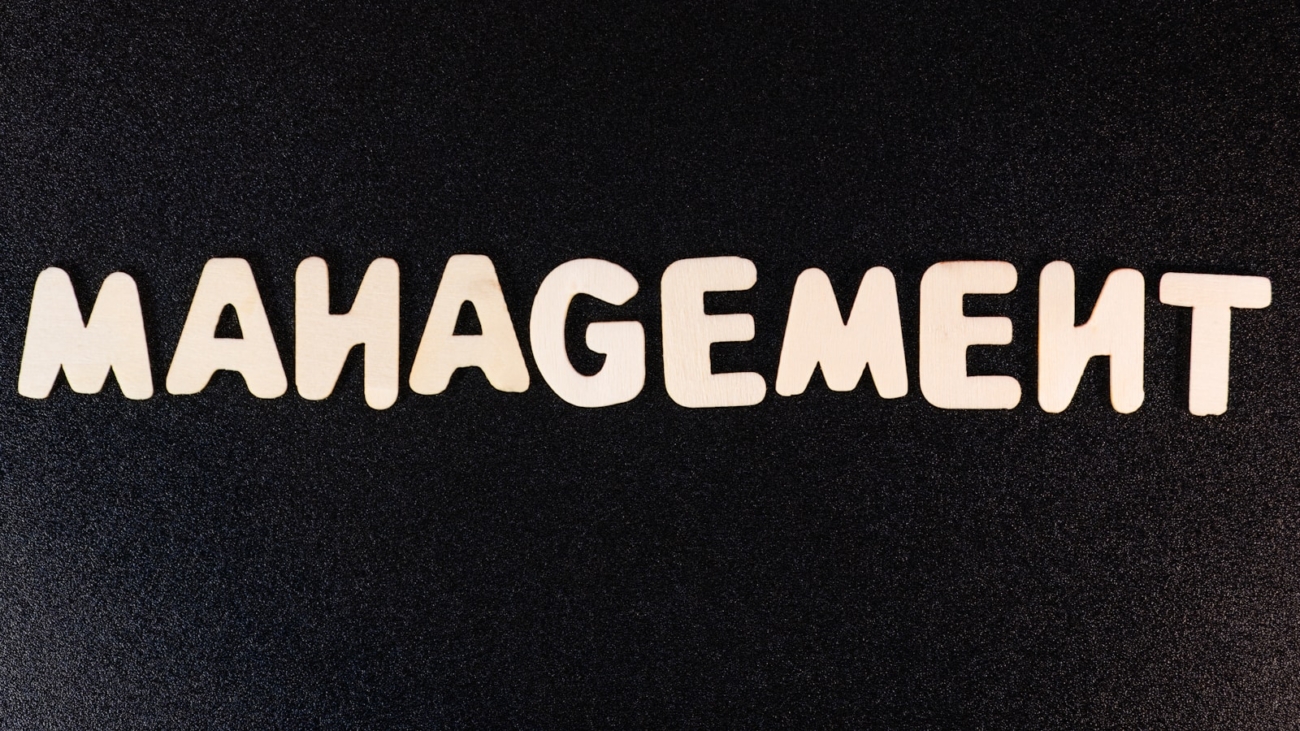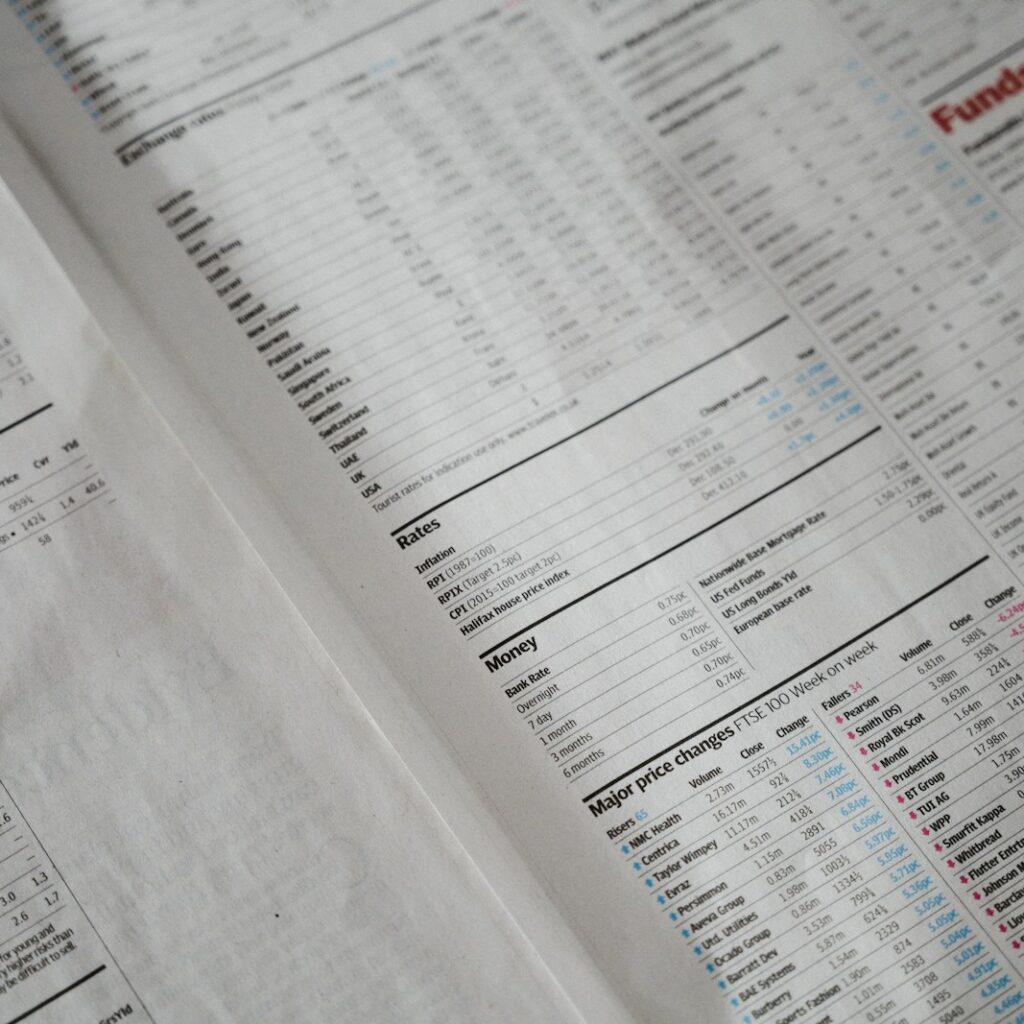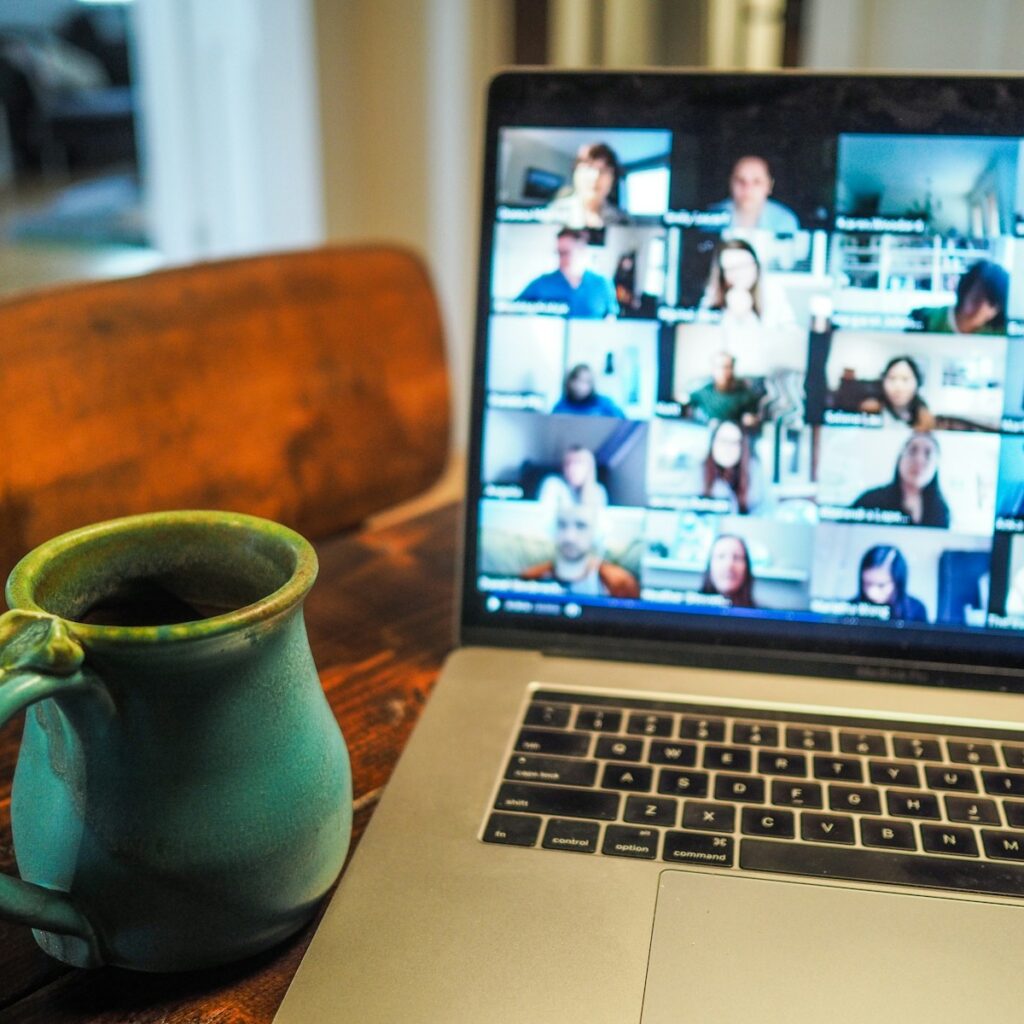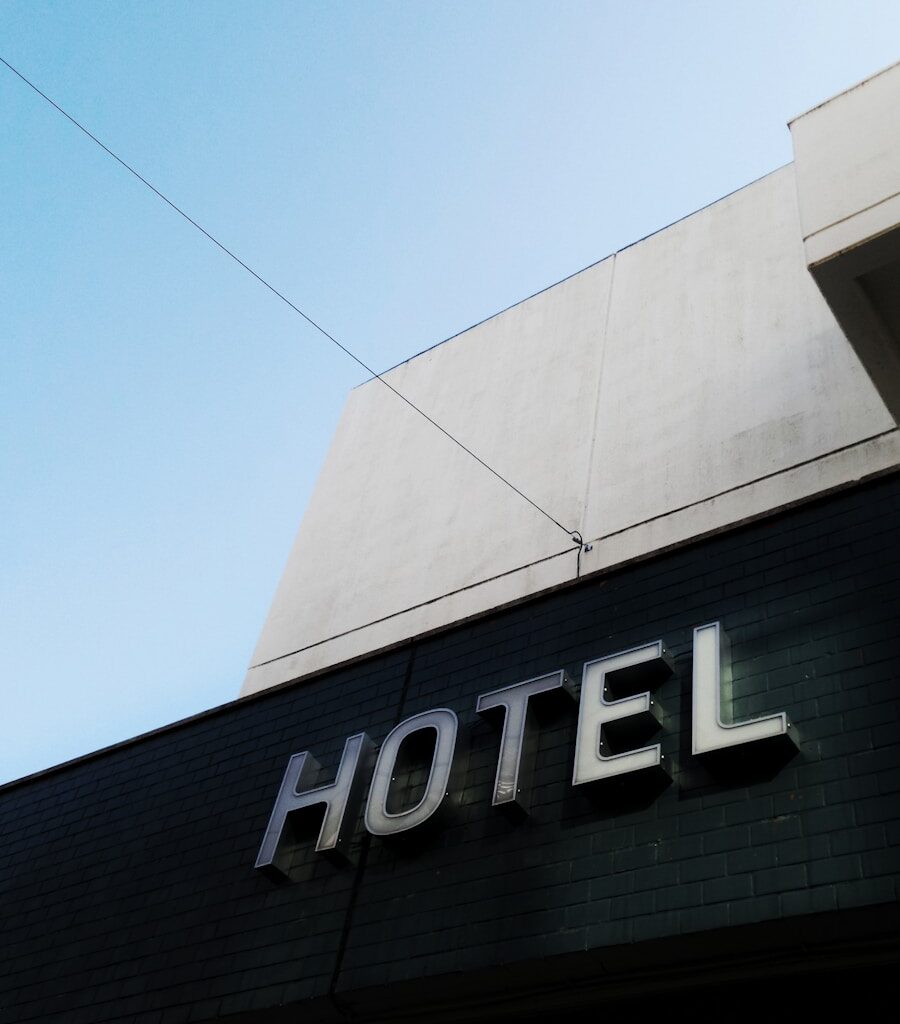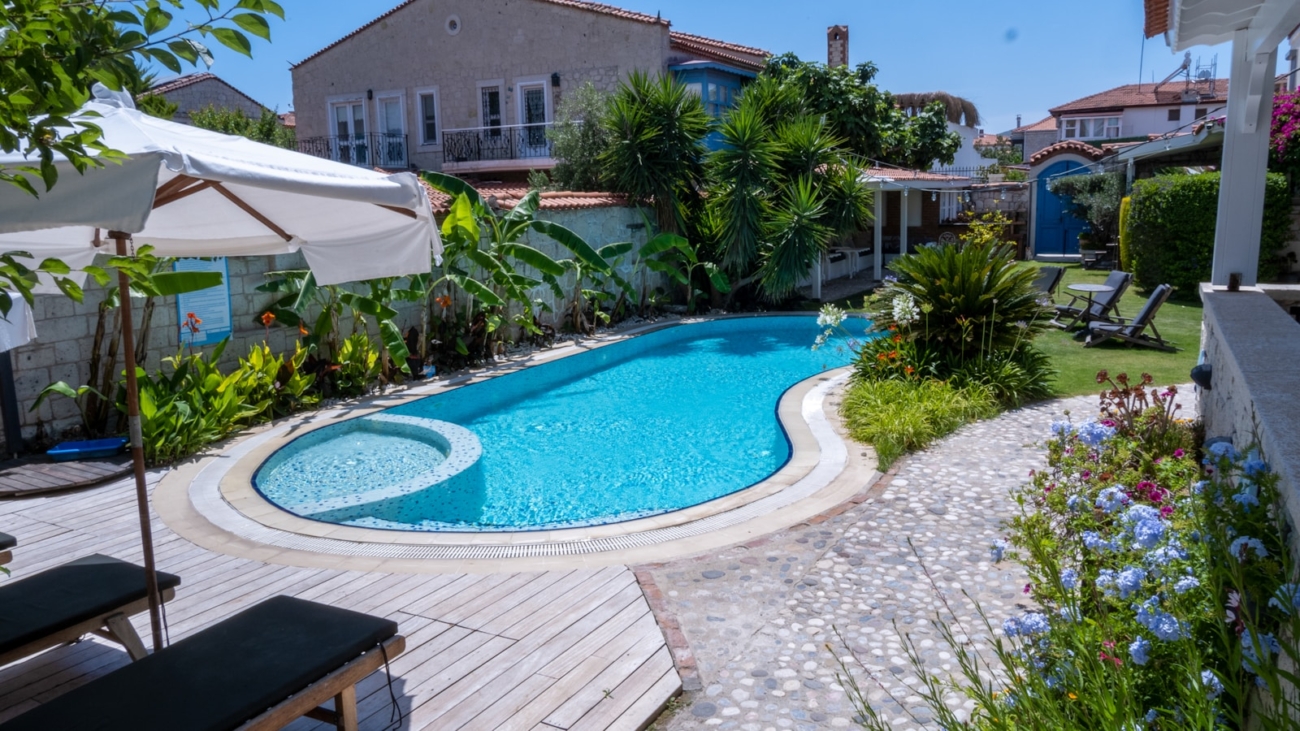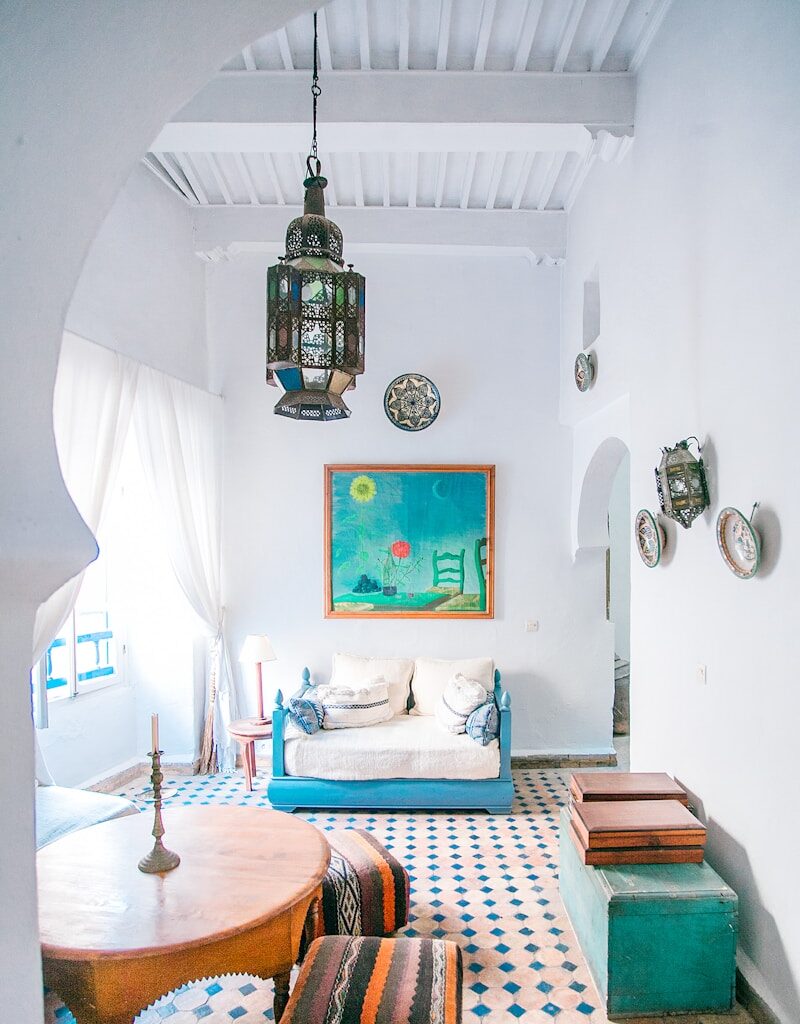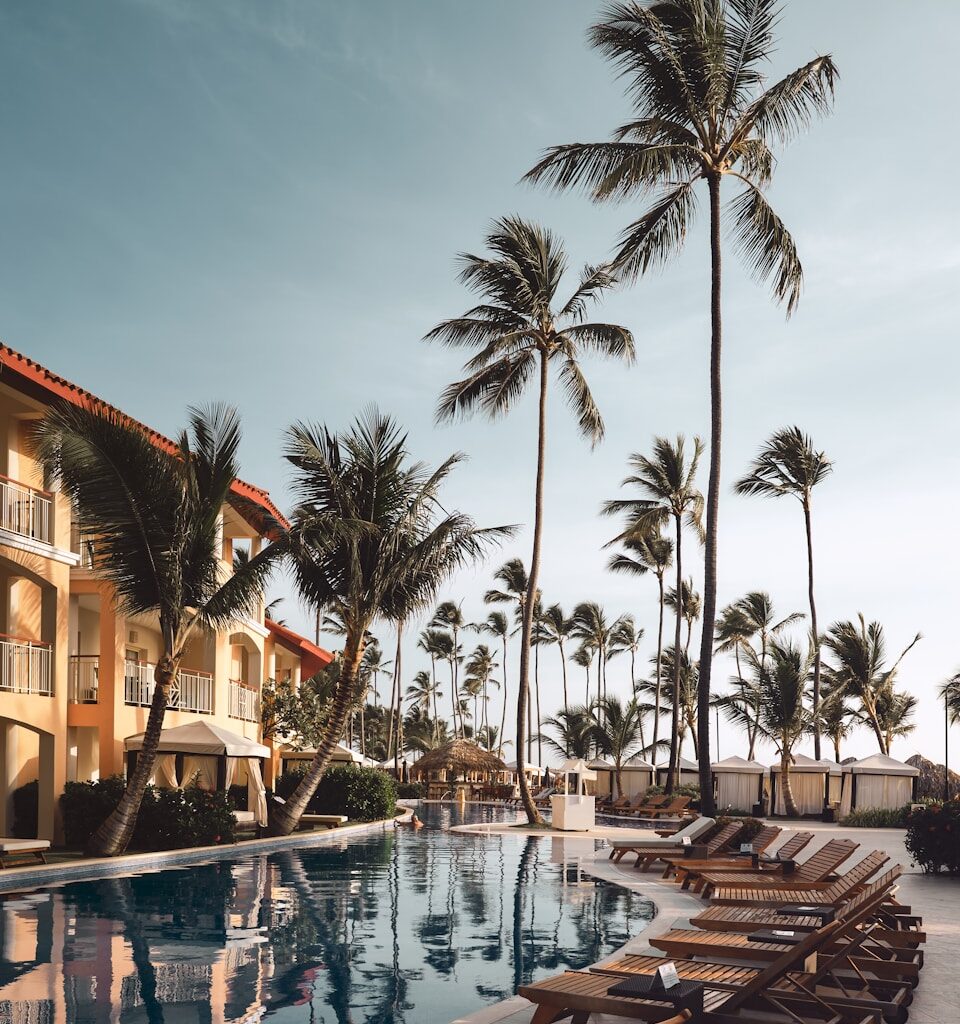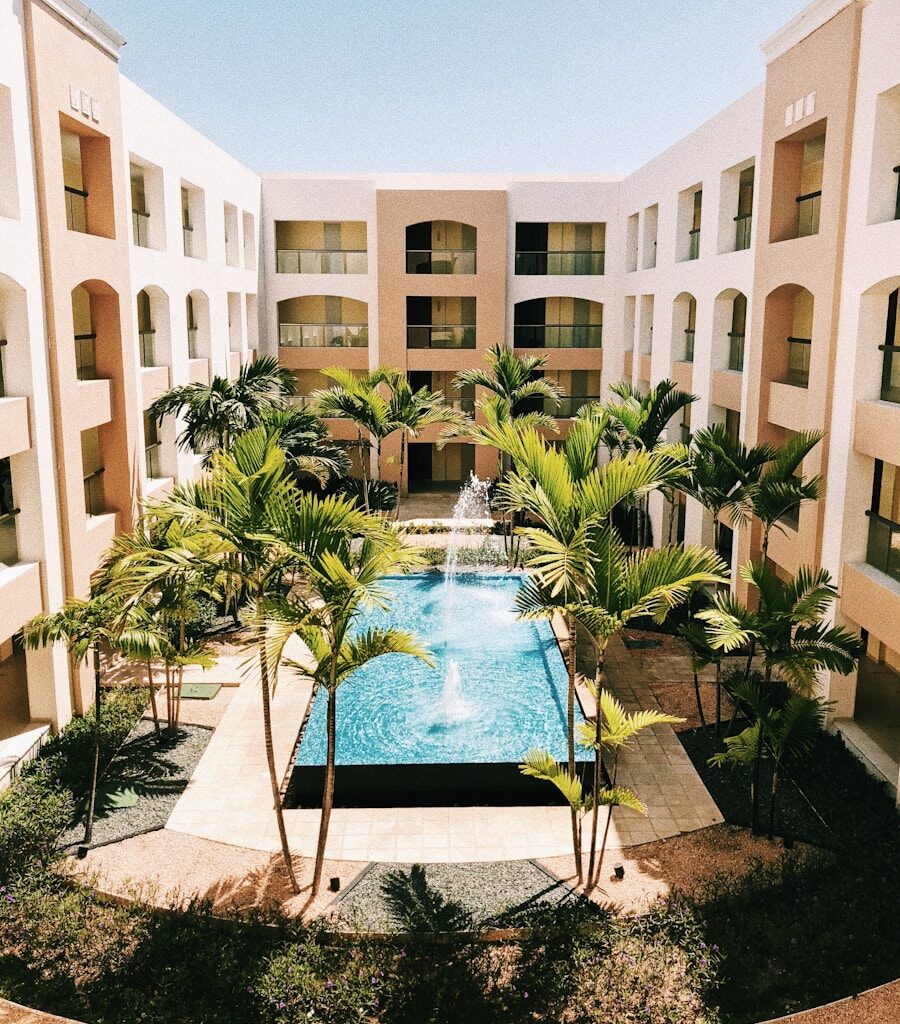In the competitive hospitality industry, where margins can be thin and guest expectations high, the ability to monitor and adjust your revenue strategy in real time is crucial. This is where daily revenue tracking comes into play. By keeping a close eye on daily performance metrics, hotels can quickly identify trends, optimize operations, and make smarter decisions that drive profitability and guest satisfaction.
In this blog post, we’ll explore the benefits of daily revenue tracking for hotels, how it works, and how implementing it can lead to greater financial success.
Real-Time Data for Quick Decision Making
One of the most significant advantages of daily revenue tracking is the ability to make real-time decisions based on up-to-date data. In the hotel industry, conditions can change quickly—whether it’s due to shifting demand, competitive pricing changes, or local events. By tracking revenue daily, hotel managers can spot trends as they emerge and adjust strategies accordingly.
For example, if you notice a drop in room rates during a traditionally busy season, you can quickly implement targeted promotions or adjust pricing to ensure occupancy remains high. Similarly, if a surge in bookings is expected for the weekend, you can optimize staffing levels, adjust your marketing efforts, and make the most of the demand.
Why It Works: Immediate access to data allows hotel management to act swiftly, preventing potential issues from snowballing and seizing opportunities to boost profitability.


Improved Forecasting and Budgeting
Daily revenue tracking isn’t just about reacting to the current situation; it also plays a key role in forecasting future revenue. By reviewing daily data over time, you can build more accurate financial forecasts and budgets, making it easier to plan for the future.
For instance, if certain times of year consistently underperform, you can adjust your budget and marketing spend accordingly. Conversely, if certain months show a spike in demand, you can proactively increase resources in areas like housekeeping, guest services, or front desk staff.
Why It Works: Accurate revenue forecasting helps hotels allocate resources effectively, reduce costs, and avoid unexpected financial shortfalls.
Better Revenue Management
Revenue management (or yield management) is an essential part of hotel operations. It involves setting prices that maximize the profitability of each booking based on factors such as demand, competition, and room availability. With daily revenue tracking, you can optimize your dynamic pricing strategies on a granular level.
Daily tracking provides insight into RevPAR (Revenue Per Available Room), ADR (Average Daily Rate), and occupancy rates, allowing you to identify patterns and adjust prices more accurately. For example, if you notice that your hotel is underperforming in a particular market segment or price point, you can quickly make adjustments to capture more revenue.
Why It Works: By continuously monitoring revenue performance, you can fine-tune your pricing strategies and maximize your hotel’s revenue potential.
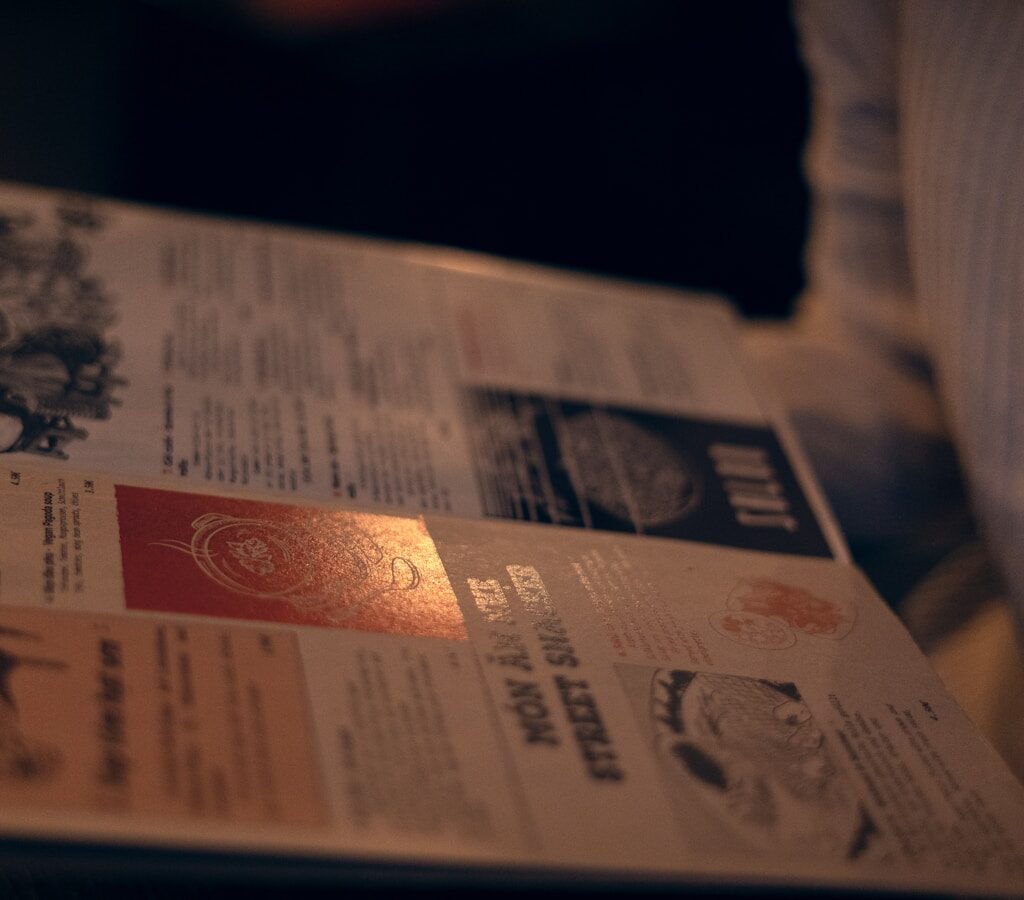

Increased Operational Efficiency
Daily revenue tracking doesn’t just provide financial insight—it can also improve the overall efficiency of hotel operations. When revenue performance is tracked on a daily basis, it forces teams to become more data-driven and proactive in their approach to managing operations.
For example, the revenue team can quickly identify discrepancies in room rates or promotions, and address them before they have a significant financial impact. Operational teams can also better understand the direct link between revenue and service delivery, ensuring that they align with guest expectations and demand.
Why It Works: Operational inefficiencies are identified early, allowing the hotel to address issues before they escalate, ensuring smoother operations across departments.
Enhances Competitor Monitoring
A competitive market analysis is vital for any hotel looking to stay ahead of the competition. By tracking daily revenue, you can compare your performance to that of local competitors, identify where you’re outperforming them, and recognize areas where you need improvement.
Revenue tracking can provide insights into booking trends, promotional success, and pricing strategies in the context of your competitive set. If your hotel is outperforming competitors during a particular season, it may be due to a successful promotion, superior customer service, or a more aggressive pricing strategy.
Why It Works: By tracking your performance relative to your competitors, you can fine-tune your pricing and marketing strategies to stay competitive and capture more market share.
